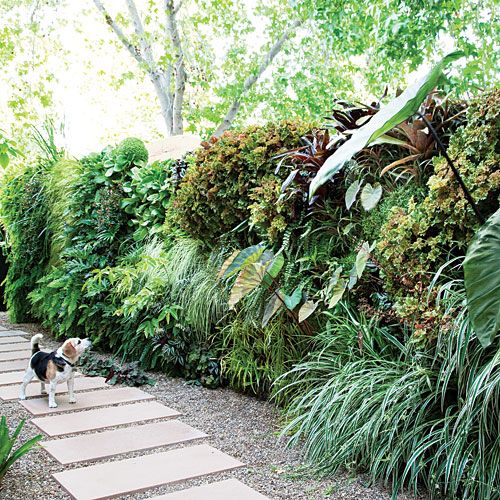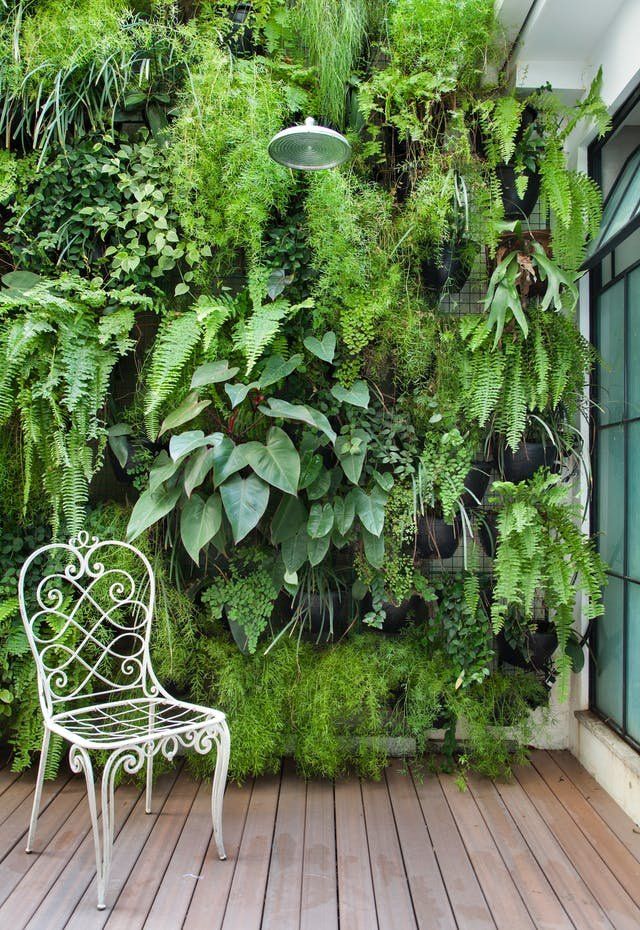
Living walls, also known as green walls or vertical gardens, are innovative and sustainable design elements that bring nature into urban environments. These vertical structures are covered in plants, providing numerous benefits such as improving air quality, reducing noise pollution, and helping to regulate the temperature of the building or space they adorn. Living walls can also help to mitigate the urban heat island effect by providing shade and reducing the amount of heat absorbed by buildings. In addition to their environmental benefits, living walls also offer aesthetic value, adding a touch of natural beauty to otherwise sterile and concrete-filled spaces. They can be installed indoors or outdoors, in residential, commercial, or public spaces, and come in a variety of designs and plant options to suit different preferences and climates. Overall, living walls are a sustainable and visually appealing way to incorporate nature into urban landscapes and improve the well-being of city dwellers.
Living walls have become increasingly popular in recent years as a sustainable and aesthetically pleasing way to incorporate nature into urban environments. These vertical gardens are not only visually stunning but also provide a host of benefits such as improving air quality, reducing energy costs, and promoting biodiversity. By covering building facades with greenery, living walls help to combat the urban heat island effect and mitigate the impact of climate change in densely populated areas.
One of the key advantages of living walls is their ability to enhance the well-being of occupants in both residential and commercial buildings. Research has shown that exposure to greenery can reduce stress, boost productivity, and improve overall mental health. By creating a connection to nature in urban settings, living walls contribute to a more harmonious and sustainable built environment. Additionally, the plants on these vertical gardens act as natural air purifiers, filtering out pollutants and enhancing indoor air quality for occupants.
In terms of sustainability, living walls offer a wealth of environmental benefits. They help to reduce the carbon footprint of buildings by providing insulation and reducing energy consumption, thus lowering greenhouse gas emissions. Living walls also support urban wildlife by providing habitats for birds, insects, and other beneficial species. Furthermore, by capturing rainwater and reducing stormwater runoff, these vertical gardens contribute to mitigating flooding and protecting water quality in urban areas. Overall, living walls represent a holistic and innovative approach to green building design that prioritizes both environmental and human well-being.
 Decoration Ideas
Decoration Ideas








